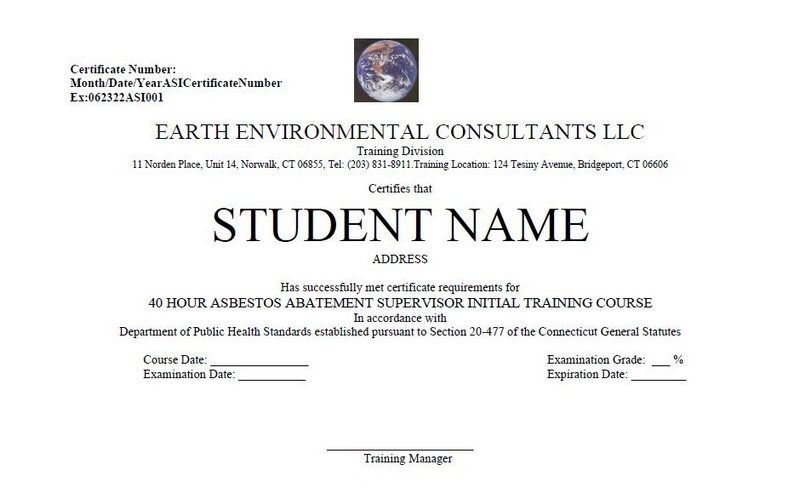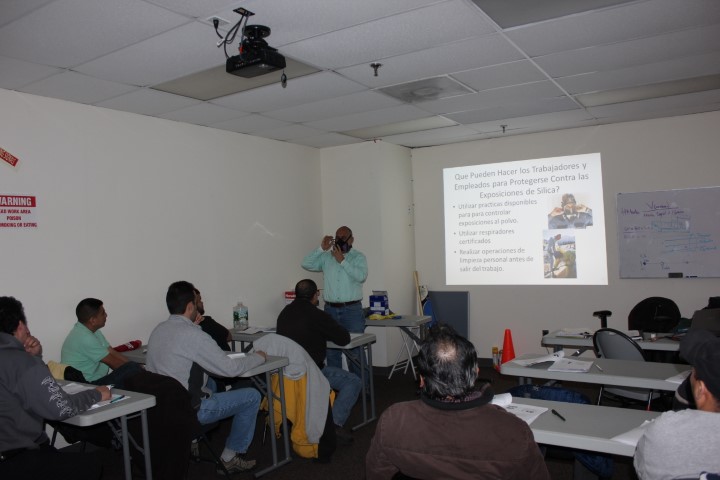ASBESTOS INSPECTION & TESTING
Asbestos is a fibrous mineral associated with adverse health effects. Asbestos was used in multiple ways, such as, in construction and in building material. Old buildings may contain asbestos containing material (ACM). If you are exposed to asbestos fibers, you could get sick. The USA EPA requires asbestos inspection before a building renovation or demolition. The inspection must be done by a Certified Asbestos Inspector and in compliance with EPA Regulations.
Read More… >>Mold is a type of fungi that grows in multicellular structures called hyphae. Molds are part of the natural environment, and can be found everywhere, indoors and outdoors. Mold is not usually a problem unless it begins growing indoors. Exposure to damp and moldy environments may cause a variety of health effects. Some people are sensitive to mold. For these people, exposure to mold can lead to symptoms, such as, stuffy nose, wheezing, and red or itchy eyes, skin, or other more serious health effect.
Read More… >>Lead is a toxic heavy metal. Lead can be found in all parts of our environment. Lead and lead compounds have been used in a wide variety of products found in and around our homes, including paint, ceramics, pipes and plumbing materials, solders, gasoline, batteries, ammunition, and cosmetics. Because its toxicity, lead is highly regulated by EPA, OSHA, HUD, CT-DPH and more agencies. There are several reasons you may need a lead investigation or lead based paint inspection at home.
Read More… >>Radon is a radioactive gas that forms naturally. People can be exposed to radon primarily from breathing radon in air that comes through cracks and gaps in buildings and homes. Radon is the second leading cause of lung cancer after cigarette smoking. If you smoke and live in a home with high radon levels, you increase your risk of developing lung cancer. Having your home tested is the only effective way to determine whether you and your family are at risk of high radon exposure.
Read More… >>Earth Environmental Consultants LLC (EEC) is an accredited authorized Training Provider by different agencies, such as, CT-DPH, EPA, OSHA, HUD. EEC has more than 20 years training professional for different environmental, safety and health activities.

- – ASBESTOS
- – LEAD
- – EPA RENOVATION REPAIR AND PAINTING (RRP)
- – MOLD
- – INDOOR AIR QUALITY TRAINING
- – OSHA 10 & OSHA 30
- – HAZARDOUS WASTE AND EMERGENCY RESPONSE (HAZWOPER)
- – ASBESTOS ROOFING OSHA WORK CLASS II
- – RESPIRATOR TRAINING CERTIFICATION
- – BUILDING WEATHERIZATION
Earth Environmental Consultants LLC (EEC) is an accredited authorized Training Provider by different agencies, such as, CT-DPH, EPA, OSHA, HUD. EEC has more than 20 years training professional for different environmental, safety and health activities.

PCBs may be found in several items, including transformers, capacitors, fluorescent light ballast and other oil-containing equipment, and in certain building materials (i.e., caulking, paint, roofing, flooring, insulation, etc.). PCB-containing items, such as, these must be managed and disposed off in accordance with special PCB requirements. Connecticut Department of Energy and Environmental Protection (CT-DEEP) has developed a guidance table in conjunction with EPA Region 1 that compares remediation and disposal options for caulking material contaminated with PCBs and associated substrates.
Read More… >>Mercury is a naturally occurring chemical element found in rock in the earth’s crust, including in deposits of coal. Elemental or metallic mercury is a shiny, silver-white metal, historically referred to as quicksilver, and is liquid at room temperature. It is used in older thermometers, fluorescent light bulbs, and some electrical switches. When most exposures to metallic mercury occur, they occur because mercury is released from a container, or from a product or device that breaks. If the mercury is not immediately contained or cleaned up, it can evaporate, becoming an invisible, odorless, toxic vapor.
Read More… >>All of us face a variety of risks to our health because the indoor air quality. Indoor air pollution is one risk that you can do something about. In the last several years, a growing body of scientific evidence has indicated that the air within homes and other buildings can be more seriously polluted than the outdoor air. In addition, people who may be exposed to indoor air pollutants for the longest periods of time are often those most susceptible.
Read More… >>